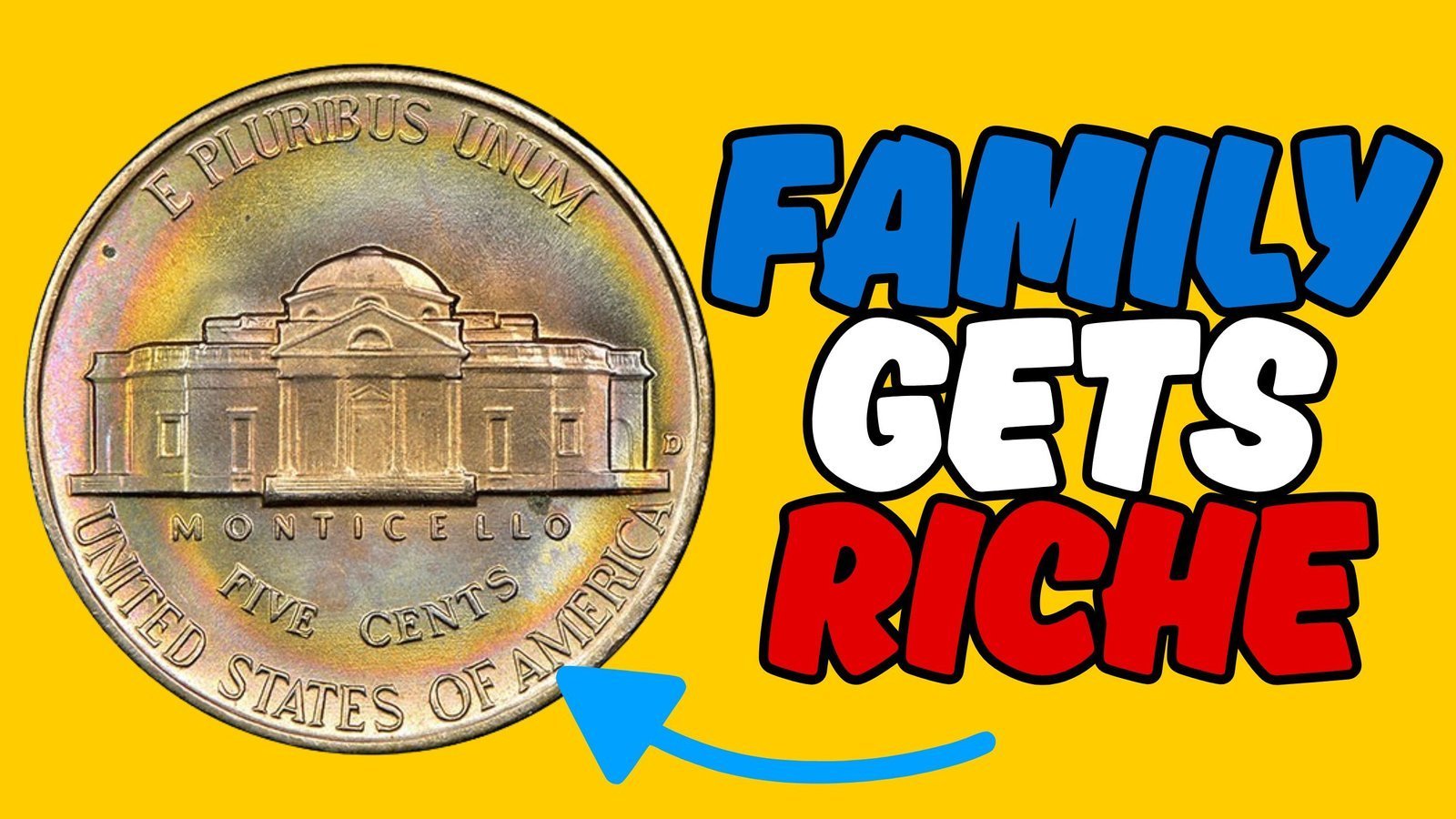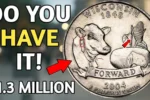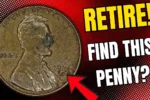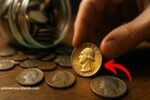Not all valuable treasures are gold or diamonds—some are hiding in jars of loose change. One such case is the War-Era Jefferson Nickel. This unassuming five-cent piece, minted during World War II, has become one of the most prized coins among American collectors. While millions were produced, certain versions of this coin now carry immense historical and monetary value due to their composition, condition, and rare minting errors.
The Birth of the Jefferson Nickel
The Jefferson nickel was introduced in 1938, replacing the popular Buffalo nickel. It featured the likeness of Thomas Jefferson on the obverse and his home, Monticello, on the reverse. Designed by artist Felix Schlag, the coin was part of a modernization effort in U.S. coinage. Though it began as a standard nickel, the outbreak of World War II soon transformed its role and significance.
Why World War II Changed the Nickel’s Composition
During World War II, nickel metal became essential to military equipment and production. To conserve this critical resource, the U.S. Mint altered the composition of the five-cent coin between 1942 and 1945. These coins, known as “silver war nickels,” were made from a blend of 35% silver, 56% copper, and 9% manganese. This change not only supported the war effort but also created a unique version of the nickel that would later become highly collectible.
How to Spot a War Nickel
One of the key features that identifies a war-era Jefferson nickel is the large mint mark above the dome of Monticello on the reverse side—something not found on other years. These marks include “P” for Philadelphia, “D” for Denver, and “S” for San Francisco. This was the first time the Philadelphia Mint used a mint mark on U.S. coins. The unique placement of the mark helps collectors easily distinguish these war-time issues from other Jefferson nickels.
The Rarity of Minting Errors and High-Grade Examples
While war nickels themselves are collectible, certain versions stand out as extremely rare. One of the most notable is the 1943-P “3 over 2” error, where a “3” was mistakenly struck over a “2” in the date. Other rare and valuable varieties include the 1944-D and 1945-S nickels, especially when found in uncirculated or high-grade condition. These errors and near-perfect coins have become star attractions at auctions, fetching prices well beyond their original value.
Everyday Coin to Collectible Treasure
What makes the story of the war-era Jefferson nickel so fascinating is its transformation from common currency to collector’s item. These coins were once used to buy groceries, bus tickets, or bubble gum. Today, the same nickels—if well-preserved or bearing a rare error—can be worth hundreds or even thousands of dollars. Many collectors enjoy the thrill of searching for them in old jars, coin rolls, or inherited coin collections.
A Coin That Carries History
The war-era Jefferson nickel is more than just money; it’s a piece of American history. Born during a time of global conflict, this small coin reflects the nation’s efforts to support its military while maintaining the economy. Its value today goes beyond silver content or scarcity—it’s a reminder of how historical moments shape even the smallest everyday items, giving them lasting cultural and monetary significance.
Frequently Asked Questions (FAQs)
Q: What is a war-era Jefferson nickel?
A war-era Jefferson nickel refers to nickels minted from mid-1942 through 1945 when the U.S. Mint replaced the usual nickel metal with a silver-based alloy due to World War II needs.
Q: Are all war nickels valuable?
Most have some collector value, especially for their silver content. However, coins in high-grade condition or with rare errors (like the 1943-P 3-over-2) are worth significantly more.
Q: What are war nickels made of?
They consist of 35% silver, 56% copper, and 9% manganese. This alloy replaced the standard 75% copper and 25% nickel formula during the war years.
Q: How much is a war-era Jefferson nickel worth today?
Depending on the year, mint mark, condition, and rarity, values range from a couple of dollars to several hundred or even thousands for rare error coins.
Whether you’re a seasoned numismatist or just curious about the coins in your pocket, the story of the war-era Jefferson nickel offers a compelling reason to take a second look. It’s proof that even a small piece of change can hold a powerful story—and perhaps, a surprising fortune.




